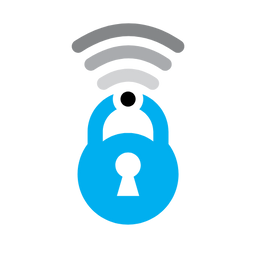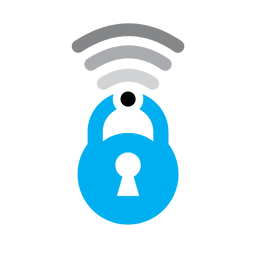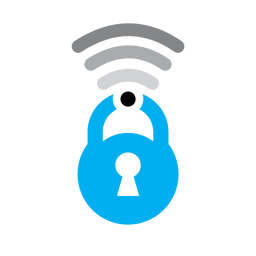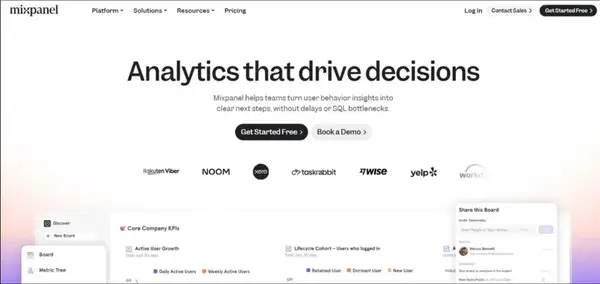School Cyberattacks: A Growing Crisis Threatening Student Data and Educational Operations

Educational institutions across the globe are facing an unprecedented wave of cyberattacks, with schools becoming prime targets for ransomware groups and data thieves. Recent incidents highlight the vulnerability of educational systems and the far-reaching consequences these attacks have on students, staff, and entire communities.
The Current Threat Landscape
The statistics paint a sobering picture of cybersecurity in education. Some 82% of K-12 schools in the U.S. experienced a cyber incident between July 2023 and December 2024, according to a March report from the nonprofit Center for Internet Security. While educational institutions confirmed 116 ransomware attacks in 2024, down from 188 attacks in 2023, the threat remains persistent and evolving.
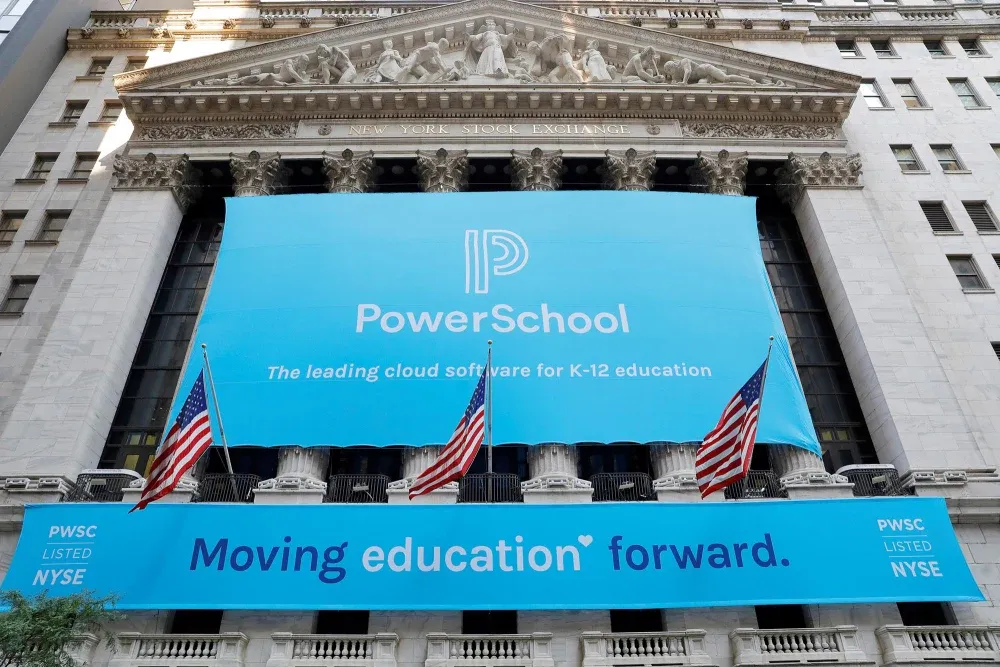
The education sector continues to be heavily targeted, with ransomware attacks surging 69% across the global education sector in Q1 2025. These attacks affect institutions at all levels, from elementary schools to major universities, creating widespread disruption and exposing sensitive personal information.

Recent High-Profile Incidents
Fort Smith Public School District, Arkansas
The Fort Smith Public School District became the latest victim when cybercriminals struck on or around July 21, 2025. The district experienced a cybersecurity incident impacting phone and internet systems districtwide, with all communication systems becoming unavailable. The attack occurred just weeks before the planned start of the school year on August 13.
District officials have engaged third-party cybersecurity experts to assist with recovery efforts. While making steady progress, the district does not yet have an estimated timeline for full restoration, though they do not anticipate any disruption to the start of the school year.

PowerSchool Data Breach
One of the most significant recent incidents involved PowerSchool, a major K-12 software provider used by millions of students and teachers across the United States. The company notified districts of a hack that occurred Dec. 28, 2024, potentially exposing vast amounts of student and staff data.
The cloud-based K-12 software provider confirmed a compromised credential was used to access its PowerSource customer support portal. This breach represents what cybersecurity experts describe as "close to a 'worst-case scenario'" due to the widespread use of PowerSchool systems across the country.
Holiday Season Attacks
The pattern of targeting schools during vulnerable periods continues, with at least two U.S. school districts suffering from cyberattacks over the Christmas and New Years holidays, continuing an annual trend of hackers targeting K-12 schools and colleges during periods when IT staffing is at its lowest. South Portland Public Schools in Maine was among those forced to take emergency measures during the holiday period.
Why Schools Are Prime Targets
Educational institutions present attractive targets for cybercriminals for several reasons. A 2024 U.S. Department of Homeland Security threat assessment report said K‑12 districts have been "a near constant ransomware target," blaming this on budget constraints of school systems' IT departments, a lack of dedicated resources, and cybercriminals' success in getting payments.
Experts say these attacks are often carried out by hackers outside the U.S. They can involve ransomware, where hackers lock data up and demand payment to "unlock" it. They may also threaten to release data publicly if districts don't pay up.
The combination of valuable personal data, limited cybersecurity resources, and the critical nature of educational services makes schools particularly vulnerable to both attacks and coercion to pay ransoms.

The Human and Financial Cost
The impact of these cyberattacks extends far beyond technical disruptions. Officials reported monetary losses to school districts ranging from $50,000 to $1 million due to expenses caused by a cyber incident. These costs included, for example, replacement of computer hardware and enhancing cybersecurity to prevent future attacks.
Cyberattacks inflict logistical, legal and financial damage on schools — and take an emotional and physical toll on their communities. When school systems go down, it affects not just educational operations but also critical services like school meals, transportation, and communication with parents.
The data exposure can be particularly concerning. In one case, a district ultimately notified 145,844 people that hackers stole their personal information, with exposed information including names, Social Security numbers, driver's license numbers, and financial information.
The Challenge of Disclosure
One concerning aspect of the school cybersecurity crisis is the lack of transparency around incidents. Many attacks go unreported or are handled discretely, making it difficult to understand the full scope of the problem. Arkansas Act 260, approved by the General Assembly in 2021, requires school districts to provide "an initial report of the known facts of a security incident" to the Legislative Auditor within five business days, but the law also allows the reporting to be kept from the public by making it exempt from the state's Freedom of Information Act.
This pattern of limited disclosure makes it challenging for other districts to learn from incidents and for parents and communities to understand the risks their schools face.

Assessing School Safety
For parents and community members concerned about their local school's cybersecurity posture, resources like the HowSafeIsMySchool.com tool provide insights into potential vulnerabilities. This type of transparency tool can help stakeholders understand their school's digital risk profile and advocate for improved cybersecurity measures.
The Path Forward
As the threat landscape continues to evolve, educational institutions must prioritize cybersecurity as a critical component of their operations. This includes investing in robust IT infrastructure, regular staff training, incident response planning, and working with cybersecurity professionals to identify and address vulnerabilities before they can be exploited.
The education sector's cybersecurity crisis requires a coordinated response involving federal support, state-level resources, and local community engagement. Only through comprehensive efforts can schools hope to protect the sensitive data they hold and maintain the educational services that communities depend on.
The recent wave of attacks serves as a stark reminder that in today's digital age, cybersecurity is not optional for educational institutions—it's essential for protecting students, staff, and the broader community from the far-reaching consequences of cyber crime.







